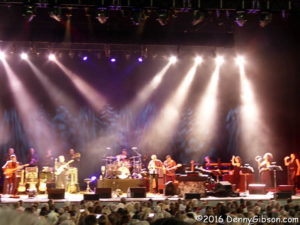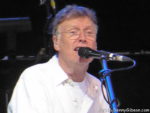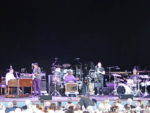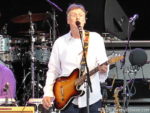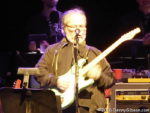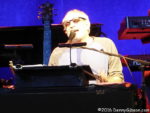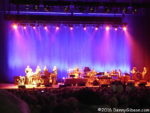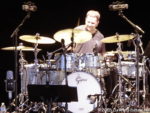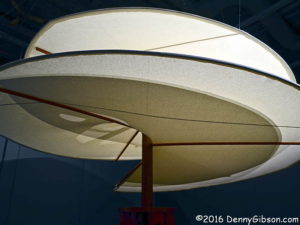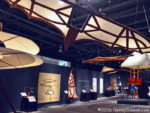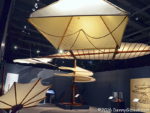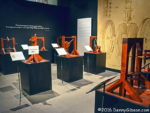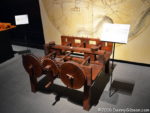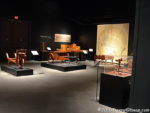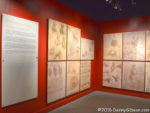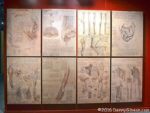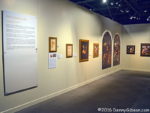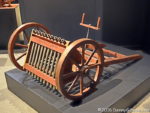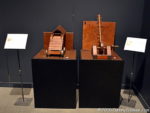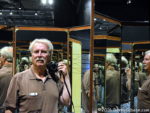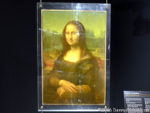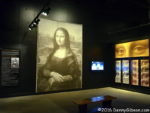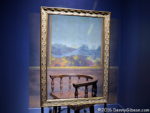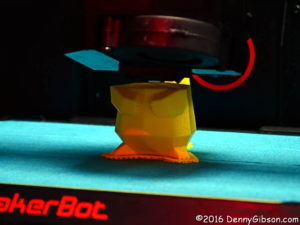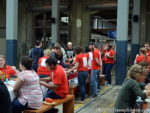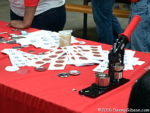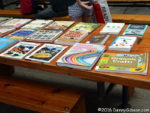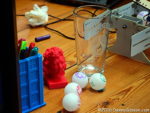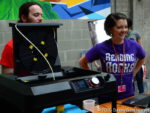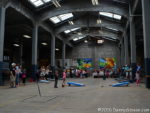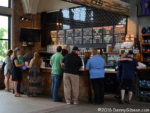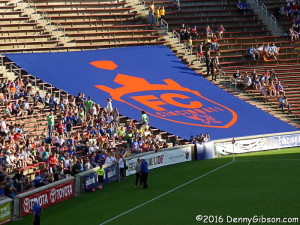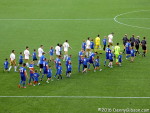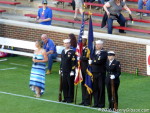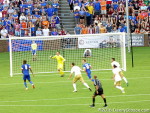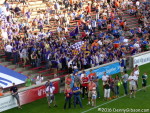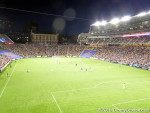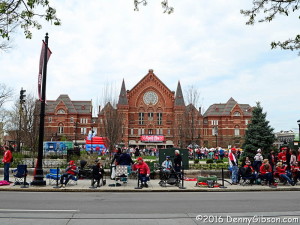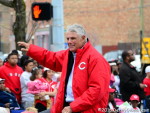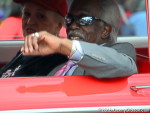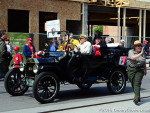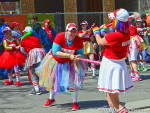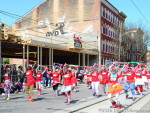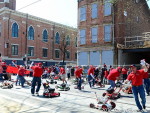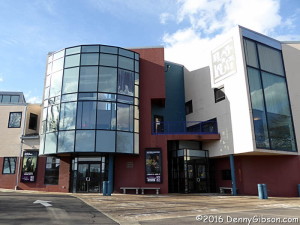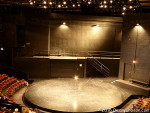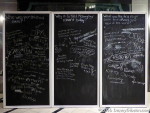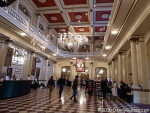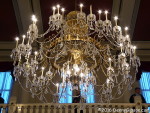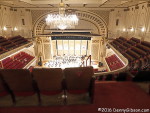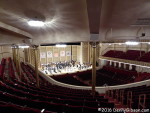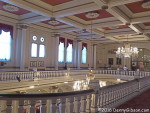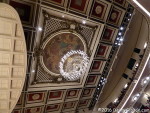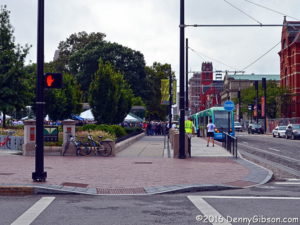 It has been said that Cincinnati is a place where big ideas come to die. That may not be entirely fair but neither is it unfounded. Especially when the big idea involves public transportation. The biggest of the deceased big ideas is the subway. Tunnels were dug in the 1920s but death came before any track was laid. The streetcar line that opened on Friday barely escaped a similar fate. On Friday morning Cincinnati photographer/writer Ronny Salerno’s blog post consisted of a brief personal recounting of the steps leading to today’s launch which in turn provides a pretty good overview of the history of the big idea itself. The original big idea, a multi-county and multi-state transit system, has been repeatedly beaten and bashed but a downtown streetcar was a small part of that big idea and it is now a reality.
It has been said that Cincinnati is a place where big ideas come to die. That may not be entirely fair but neither is it unfounded. Especially when the big idea involves public transportation. The biggest of the deceased big ideas is the subway. Tunnels were dug in the 1920s but death came before any track was laid. The streetcar line that opened on Friday barely escaped a similar fate. On Friday morning Cincinnati photographer/writer Ronny Salerno’s blog post consisted of a brief personal recounting of the steps leading to today’s launch which in turn provides a pretty good overview of the history of the big idea itself. The original big idea, a multi-county and multi-state transit system, has been repeatedly beaten and bashed but a downtown streetcar was a small part of that big idea and it is now a reality.
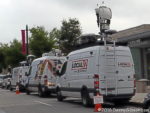

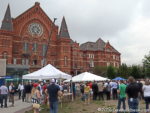 Another big idea that faced serious opposition before becoming reality was the revitalization of Washington Park. The new streetcar line passes on two sides of the park and that is where a little ceremony was planned. I guess it wasn’t too little because, when I arrived about an hour early, the 450 car garage beneath the park was already full. I parked several blocks away and took the picture at the top of this post as I walked back. The presence of every local media outlet was another indication of how big this event was to the city. After a stirring fanfare by trumpeters from the Cincinnati Symphony Orchestra, I moved around the crowd to watch the proceedings from the rear.
Another big idea that faced serious opposition before becoming reality was the revitalization of Washington Park. The new streetcar line passes on two sides of the park and that is where a little ceremony was planned. I guess it wasn’t too little because, when I arrived about an hour early, the 450 car garage beneath the park was already full. I parked several blocks away and took the picture at the top of this post as I walked back. The presence of every local media outlet was another indication of how big this event was to the city. After a stirring fanfare by trumpeters from the Cincinnati Symphony Orchestra, I moved around the crowd to watch the proceedings from the rear.
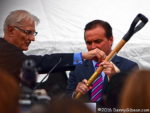 Of course the rear wasn’t the best spot for photos but I managed. One of the first to speak was John Schneider. Schneider is a developer and planner whose support of this project earned him the nickname “Mr. Streetcar”. Each speaker introduced the next and as Schneider finished up his remarks he noted that one of his few regrets was not getting autographs from all of the dignitaries present at the streetcar groundbreaking. He had the shovel he had used with him and he intended to correct his error beginning with the next speaker, Cincinnati Mayor John Cranley. That’s Schneider on the left and Cranley on the right. Cranley was a very vocal opponent of the streetcar and campaigned on a promise to end its construction. Only the fact that it would cost more to abort than complete kept him from making good on that promise.
Of course the rear wasn’t the best spot for photos but I managed. One of the first to speak was John Schneider. Schneider is a developer and planner whose support of this project earned him the nickname “Mr. Streetcar”. Each speaker introduced the next and as Schneider finished up his remarks he noted that one of his few regrets was not getting autographs from all of the dignitaries present at the streetcar groundbreaking. He had the shovel he had used with him and he intended to correct his error beginning with the next speaker, Cincinnati Mayor John Cranley. That’s Schneider on the left and Cranley on the right. Cranley was a very vocal opponent of the streetcar and campaigned on a promise to end its construction. Only the fact that it would cost more to abort than complete kept him from making good on that promise.

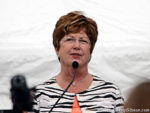 Past mayors Mark Mallory and Roxanne Qualls were next. Both are long time supporters of the streetcar and, not surprisingly, were roundly cheered by the crowd who had come to celebrate its opening.
Past mayors Mark Mallory and Roxanne Qualls were next. Both are long time supporters of the streetcar and, not surprisingly, were roundly cheered by the crowd who had come to celebrate its opening.
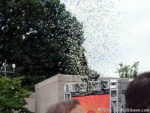 Another nine speakers followed the current and former mayors but their remarks, which were largely thank-yous, were brief and the presentations wrapped up roughly an hour after they started. Several small balls were then tossed into the crown in preparation for a digital “ribbon cutting”. Anyone catching a ball earned a seat on one of the bicycles standing by the stage. The bicycles were provided by Red Bike, Cincinnati’s rental/sharing service, and each had an electric generator under its rear wheel. When sufficient power was generated, a large screen turned red and confetti shot from it. There were actually two such screens. I never did get a view of the cyclists and barely got my camera pointed toward the screen in front of them when the confetti erupted. When that happened, I heard a noise behind me and turned to find an identical screen flashing red and spewing confetti. That screen was free of the tight crowd near the bicycles and pretty much ignored. I was at the right place at the right time but I sure wasn’t facing the right direction.
Another nine speakers followed the current and former mayors but their remarks, which were largely thank-yous, were brief and the presentations wrapped up roughly an hour after they started. Several small balls were then tossed into the crown in preparation for a digital “ribbon cutting”. Anyone catching a ball earned a seat on one of the bicycles standing by the stage. The bicycles were provided by Red Bike, Cincinnati’s rental/sharing service, and each had an electric generator under its rear wheel. When sufficient power was generated, a large screen turned red and confetti shot from it. There were actually two such screens. I never did get a view of the cyclists and barely got my camera pointed toward the screen in front of them when the confetti erupted. When that happened, I heard a noise behind me and turned to find an identical screen flashing red and spewing confetti. That screen was free of the tight crowd near the bicycles and pretty much ignored. I was at the right place at the right time but I sure wasn’t facing the right direction.
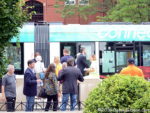
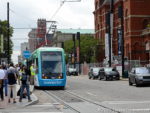
 With the screens red and the confetti fired, dignitaries began boarding the cars and I moved to the corner to watch the first filled streetcar depart. Officially this new mode of transportation is named the Cincinnati Bell Connector. Cincinnati Bell ended arguments over if and when the system would become self-sustaining by purchasing ten years of naming rights for $340,000 per year.
With the screens red and the confetti fired, dignitaries began boarding the cars and I moved to the corner to watch the first filled streetcar depart. Officially this new mode of transportation is named the Cincinnati Bell Connector. Cincinnati Bell ended arguments over if and when the system would become self-sustaining by purchasing ten years of naming rights for $340,000 per year.
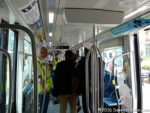
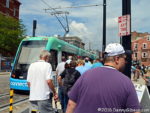 Once the several car loads of special guests completed their circuit of the 3.6 mile route, the Connector would begin carrying the general public and people started lining up almost as soon as the speeches were over. I spent a little over an hour in the park’s cool shade before getting in line and I should have waited even longer. Another half hour passed before I boarded a car and it wasn’t the one in the first picture. In order to pick up riders at other stops, cars left Washington Park about one third full. I reached the door just as the car reached its quota. Suddenly I was first in line.
Once the several car loads of special guests completed their circuit of the 3.6 mile route, the Connector would begin carrying the general public and people started lining up almost as soon as the speeches were over. I spent a little over an hour in the park’s cool shade before getting in line and I should have waited even longer. Another half hour passed before I boarded a car and it wasn’t the one in the first picture. In order to pick up riders at other stops, cars left Washington Park about one third full. I reached the door just as the car reached its quota. Suddenly I was first in line.
 The car I did board was completely filled by the time we reached the Banks which is where I got off. I snapped the picture at left then walked down to the Moerlein Lager House for a Connector beer and a commemorative glass. I then re-boarded at the same stop and completed the circuit (plus a little) to reach Rhinegeist Brewery for a Traction beer and another commemorative glass. As planned, I ended my initial streetcar experience here and headed to my car parked nearby.
The car I did board was completely filled by the time we reached the Banks which is where I got off. I snapped the picture at left then walked down to the Moerlein Lager House for a Connector beer and a commemorative glass. I then re-boarded at the same stop and completed the circuit (plus a little) to reach Rhinegeist Brewery for a Traction beer and another commemorative glass. As planned, I ended my initial streetcar experience here and headed to my car parked nearby.
The opening weekend when rides are free and various businesses have special offers and activities provides no real indication of how popular or successful the Cincinnati Bell Connector will be. My own impression was positive and I fully intend to make use of it in the future. I also overheard several others express similar feelings. It’s going to be a while before we know whether or not those impressions, intentions, and feelings will lead to success but at the moment it sure doesn’t look like an idea that came here to die.

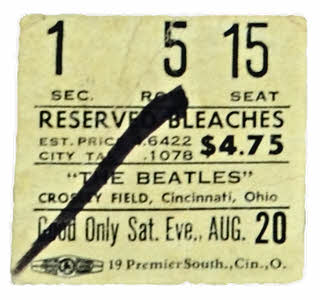 As
As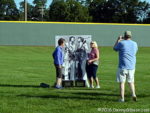
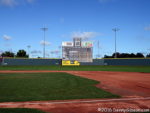
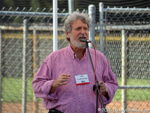
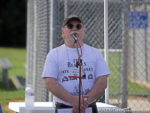
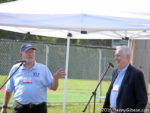
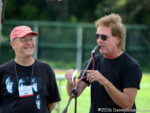
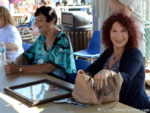
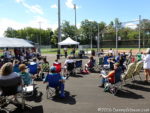
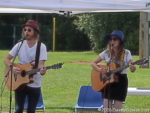
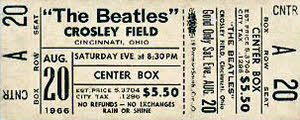 …that the Beatles finally got to play — at Crosley Field. I was there. I was also there the day before when they didn’t get to play. Thinking about that weekend still brings a smile despite details having seriously faded from many of my memories and others turning out to be dead wrong. I have no souvenirs or photos. The ticket in the image above isn’t mine (It’s from
…that the Beatles finally got to play — at Crosley Field. I was there. I was also there the day before when they didn’t get to play. Thinking about that weekend still brings a smile despite details having seriously faded from many of my memories and others turning out to be dead wrong. I have no souvenirs or photos. The ticket in the image above isn’t mine (It’s from 